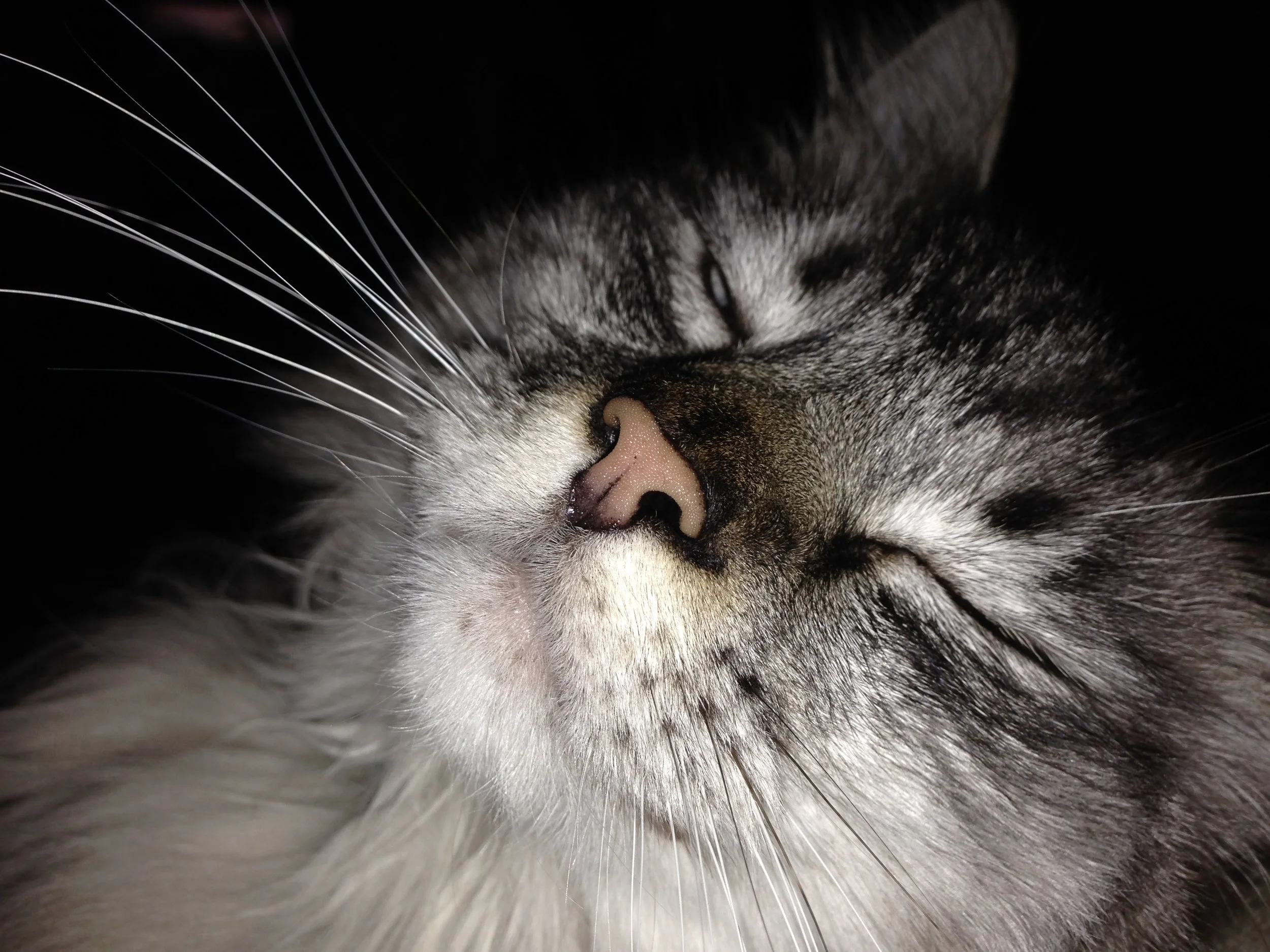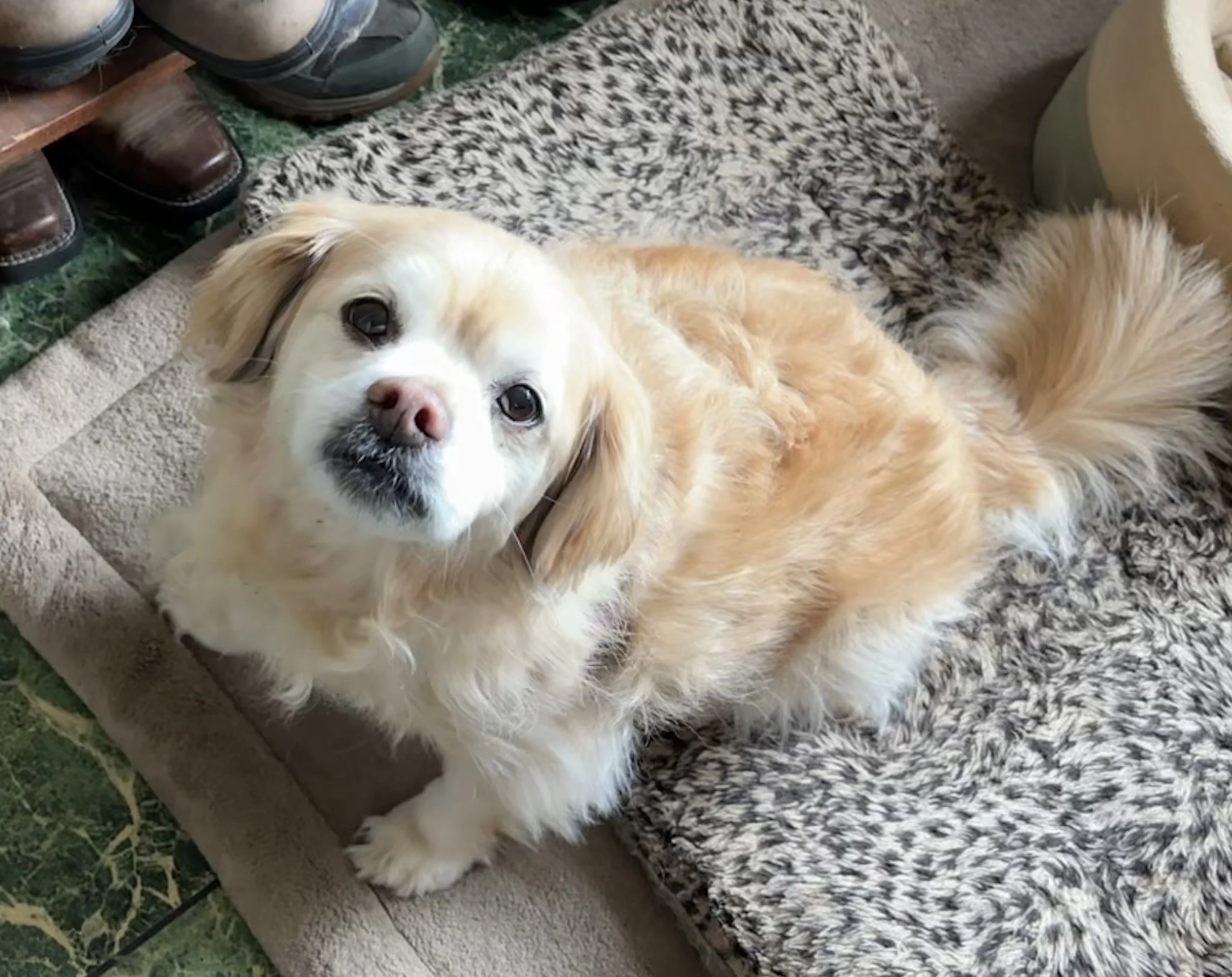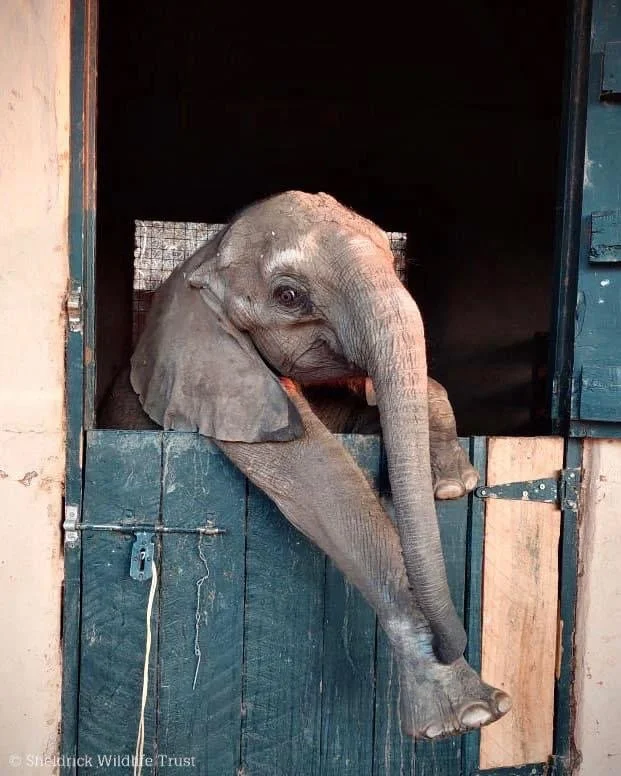
Seeking Enlightenment — How My Cats Taught Me the Art of Zen
My cats have always known that they are divine. They seem to remember being worshiped in ancient Egypt once. They lounge, meditate, groom each other, and eat their favorite food, which they can change on a whim.
I love them to pieces. I obey them, and I adore them.
Then, one day, things changed, just like that. Wait! What? No, this is not possible.

Feeling Safe -The Hidden Key to Your Dog’s Well-Being
We often assign many different labels to dogs, such as being the “Alpha”, being submissive, and so on.
I don’t believe that a dog is always the alpha, for example. We may observe assertive, submissive, or fearful behavior, depending on the circumstances and stimuli.
My understanding is that there are two primary modes that affect dogs' behavior: the feeling of safety and the feeling of danger.

Shujaa Means Hero in Swahili. I Adopted an Elephant
Two years ago, I became the adopted mother of an African elephant, and my boy’s name is Shujaa, which means Hero in Swahili.
Now that I have your attention, I'd like to share with you my passion for elephants. Aside from living and breathing my passion for domestic animals, I also have a soft spot for wild creatures, particularly whales, wild horses, and elephants.

Ode to Leila - Life Lessons From My Feathered Friend
I was a bird virgin. Never in a million years did I think I would have a bird as a roommate. For most of my life, I’ve identified as a dog, cat, and horse person. Mammal-to-mammal relations were my thing.
I met Leila on the last day of a therapeutic pet training at an animal sanctuary in southern Utah. We were touring the exotic bird department, and my ears rang from the cacophony of noises. Even though we were in the desert, it felt like the jungle. Parrots can be loud and intense creatures. We were greeted with screeching hellos and deafening enthusiasm.

Animal Reiki: When Energy Speaks
Sometimes we encounter things that change our lives.
For me, some of these life changes have not been immediately apparent, as was the case when I began studying Reiki.
Initially, Reiki was what I consider a " nice" activity. I was grateful to have it in my toolbox to fall back on. I became a Reiki master and gradually began to incorporate Reiki into my healing work with pets. Little did I know how important it would become for many of my animal clients with serious health issues.

Wanderlust Pets? What You Need to Know
Summertime, and the livin’ is easy.
Fish are jumpin' and the cotton is high
Oh, your daddy's rich and your ma is good-lookin'
So hush, little baby, don't you cry.......
That's how the song starts, and that's what we hope for.
But what if your pet gets lost?
What are good ways to search for a cat or a dog?

How to Travel with Your Pet: A Guide for Animal Lovers
Getting ready for a vacation?
Here are some tips to prepare for a pet-friendly trip.
Consider scheduling a vet visit before you travel with pets
If you are crossing any borders or traveling by air, you’ll need to have proof of updated vaccines and a vet health certificate stating your pet is fit to fly. If you have an older pet, one with a history of health issues, or a snub-nosed breed, it’s a good idea for your vet to do a health screening to identify any potential risk factors.

The Bestest Boy
Pablo was about to become a statistic. Why, you ask?
He survived a few weeks in California's shelter system. Pit bulls and chihuahuas are the two breeds most commonly euthanized. There are too many of them who are unwanted and get discarded.
Pablo’s life was saved because he was young, handsome, and had interesting markings — and he is still good-looking.

Grieving Pets -The Depth of Animal Emotions
Today, I want to talk to you about grieving animals, especially those who have lost a furry companion.
Use your intuition, tune in with your pets, and love them through this. You can comfort each other while you cherish your deceased pet’s memories and your eternal connection with them.

The Healing Power of Meditation With Animals
Have I been meditating for a while? Ha, you could say that! Yes, I’ve been a meditator for many years. My animals join me, too — though I should say we meditate together. They guide the process as much as I do, and their meditation techniques are creative and varied.

The Art of Animal Communication
Animal communication is the new buzzword in the spiritual animal lovers and healer community. Embarking on the journey of animal communication is a profound experience that deepens the understanding and connection with our furry and feathered friends.
Here is what happens sometimes when I receive a request to communicate with someone’s pet. People ask me to tell their pets to do certain things or, more importantly, not to do certain things. Animal communication is not about that. So what is it about? It is about energetic consent, which allows animals to open up because it doesn’t work for them when we try to force things. Makes sense?

The Final Farewell
Saying goodbye to a beloved animal is one of the hardest things to go through in life.
When we receive a terminal diagnosis for our pet, many of us, at least initially, experience shock, trepidation, depression, and an anticipation of pain.
All of these emotions need to be acknowledged. The process of dying can be a roller coaster for both you and your pet. So what can you do before things get tough?

